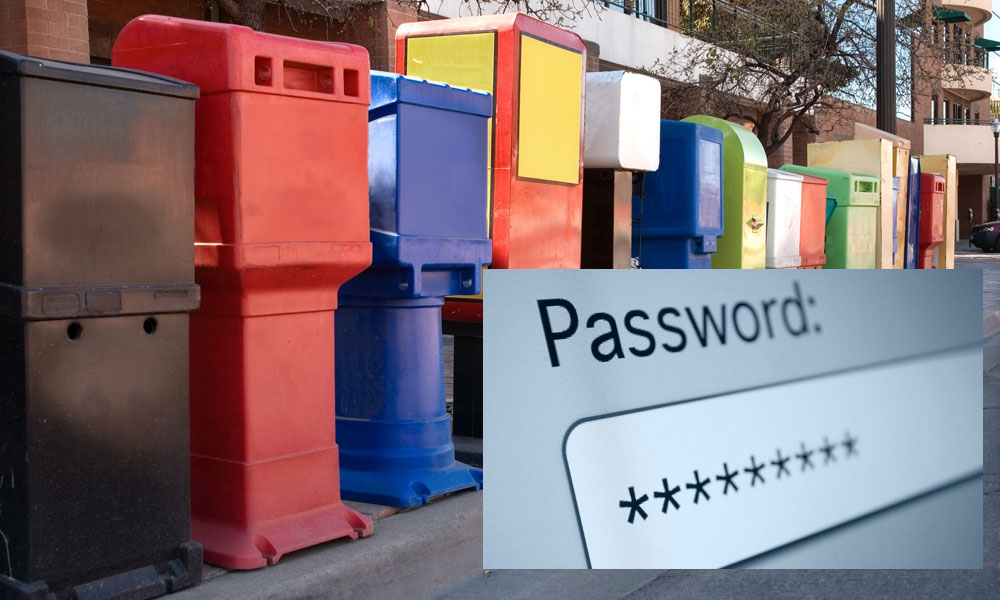In some ways, the password to a news site has taken the place of the coin slot at a newspaper stand.
But what works and doesn’t work with these new-age digital coin slots remains a mystery to many news outlets, and some industry analysts think the solutions vary widely based on which audience a site is trying to reach.
Rick Thornton, vice president for audience and content development at the Richmond-Times Dispatch, sees sharing passwords or finding other ways to bypass paywalls as similar to customers putting a buck into a newspaper stand and taking more than they paid for.
Others might see it as more akin to passing around a newspaper after a customer has read it.
Either way, password sharing and similar paywall-jumping schemes create headaches for online news outlets trying to get readers to pay.
Thornton acknowledges that comparisons between print and online business models are difficult because digital pay is such new terrain. The Richmond paper, which has a circulation of more than 100,000, launched a metered paywall this fall. It has more than 150 years of experience to draw on for print subscriber models, but nothing like that for Internet news.
“We don’t really have that bank of knowledge to draw on,” he said.
Different Audiences, Different Strategies
The challenges of getting users to pay for news are further complicated by differences in generational attitudes.
Ken Doctor, a media analyst and author of the book “Newsonomics,” said the digital paywall is based on an old-world newspaper subscription model, which is one reason it appeals to older readers more than younger ones.
“Those main readers are those who have habituated to your brand,” he said.
While older users may respect paywalls because they are an extension of the newspaper model they’re used to, perhaps news outlets will find greater success looking at the spending habits of younger readers.
Doctor said he thinks more news outlets in the coming years will use standalone digital products that enable readers to pick and choose the content they want to pay for, rather than only having the option to buy all of a newspaper’s offerings.
In March of 2012, Rob Grimshaw, managing director for the Financial Times website, ended a column about digital publishers in the technology magazine Wired by writing: “A generation that’s willing to pay for ringtones can probably be persuaded to buy anything….Even news.”
Nathan Ravitz, senior director of premium and fantasy content at ESPN, said he thinks iTunes is an example of how younger consumers have adjusted to a one-click model.
He said readers who use a shared password are more likely than non-readers to get their own subscription, so media outlets should find ways to reach those potential customers.
“I just feel like if you create a way for people to pay you that is easy and the value proposition is real, most people will do so,” he said.









Leave a Comment